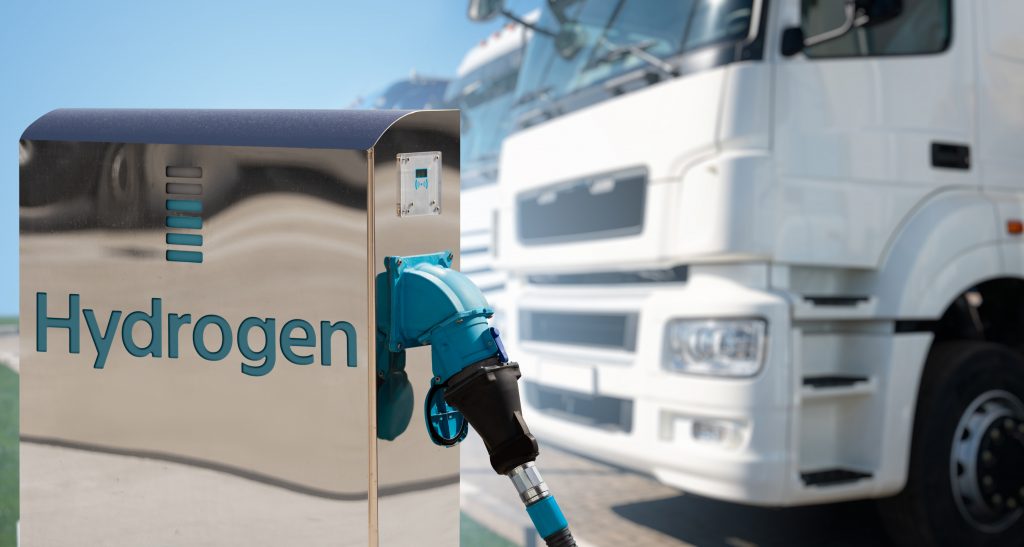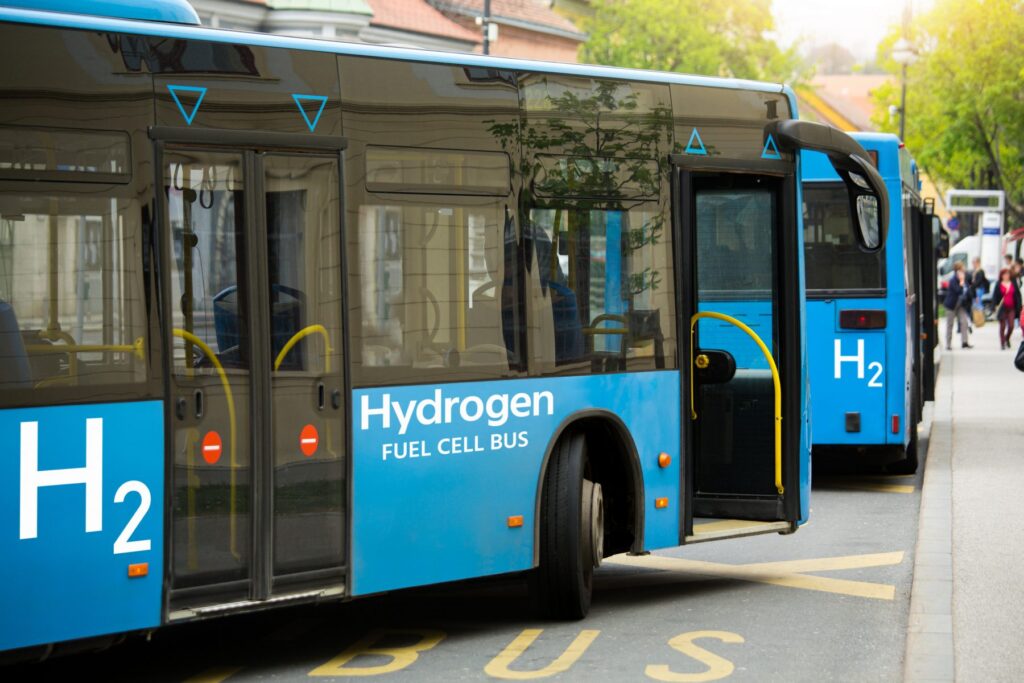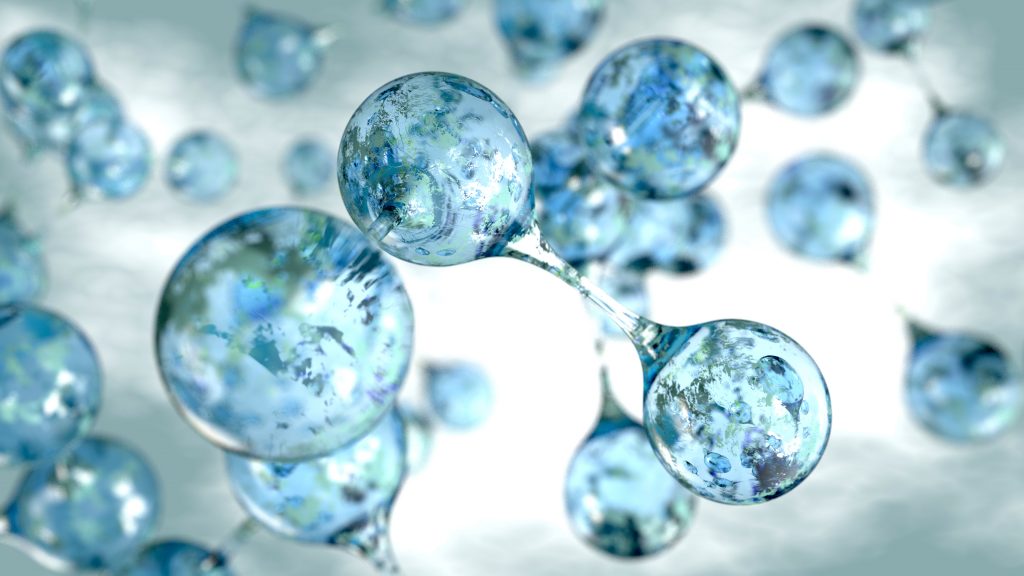As the mass specific energy density of hydrogen (33.3 kWh/kg) is one of the highest of all fuels, the use of hydrogen for mobility as well as energy storage medium has been and is still of great interest. However, one of the key issues to be solved is the fact, that the hydrogen storage is challenging and comes with a couple of drawbacks that have to be considered carefully.
Conventional hydrogen storage is usually done by using hydrogen in liquid state at 20 K and at a density of 71 kg/m^3. The liquification however needs 30 % of the energy the hydrogen can store. Besides that, hydrogen is also stored in its gaseous state at pressure levels up to 700 bar in bottles, resulting in an energy loss of approximately 12 % of its stored energy due to compression.
Both variants come with the risk of unwanted release of hydrogen gas due to its high diffusion rate through most materials. As the hydrogen is not chemically bound, it can diffuse easily and there is always a risk of fire and explosion at the hydrogen storage facilities.

To overcome this, in the more recent past, there have been studies to use metal-organic frameworks, metal hydride combinations and also zeolite structures to mechanically bind the hydrogen storage by sorption. The advantage is a lower risk for diffusion, however most metal hydrides have a rather poor ratio of metal: hydrogen and a slow uptake and release rate of hydrogen. As a consequence, only the nickel-metal-hydride system has found a broad acceptance due to its use as a battery for hydrogen storage.
Thermal Analysis is the perfect tool to investigate the sorption and desorption processes of hydrogen. The investigation takes place by using gravimetric and volumetric sorption analyzers and pressurized thermo-balances. With the right setup of gas path, flow rates, pressure and vacuum levels, zeolites as well metal-organic frameworks can be characterized by TGA (Thermogravimetry) as well as DSC (Differential Scanning Calorimeter), giving the possibility to determine heat of sorption and desorption.
At present, there is a novel concept of liquid hydrogen storage technology using liquid organic carriers (LOHCs) such as dibenzyl toluene (DBT). Being a non-toxic, hardly flammable liquid that can take up hydrogen at 5 bars at 200°C using a Rh-catalyst. The resulting, so called peroxy-DBT can take up 600 liters gaseous hydrogen per liter liquid which means a storage capacity of 2 kWh/kg. The release can be achieved at 300°C at reduced pressure. With this technology, a much higher uptake and release rate than with solid hydrogen storage systems can be achieved, keeping the advantage of low diffusion rates and therefore lower risk of uncontrolled hydrogen release.

Beside the new technology of liquid hydrogen storage media, there is also the approach of storing by chemically binding hydrogen into another molecule. One classic example for that kind of reaction is the famous Haber-Bosch synthesis of ammonia out of the elements hydrogen and nitrogen. The yearly production of ammonia is more than 200 billion tons where ¾ are used for fertilizer production. The Haber-Bosch reaction takes usually place at 200 bars and 450°C using iron catalysts. The resulting ammonia is easier to handle and store than the hydrogen gas, however it is toxic and corrosive which pure hydrogen isn’t. The energy content of ammonia is 5.2 kWh/kg meaning an efficiency rate of 63% during production out of the elements. The energy content is 2.6 times higher than of peroxy-DBT but still only 1/6 of pure hydrogen.
Next to ammonia, there are also other gases that can be synthesized out of hydrogen, like methane gas or other hydrocarbons, providing lower risk of hydrogen release. Methane for example is the result of the so-called coal-gasification where charcoal or biomass are treated with water vapor at elevated temperatures and pressure to create first carbon monoxide and hydrogen and in a second step methane and water. This process is one of the most investigated reactions using high temperature and high-pressure thermo-balances (High Pressure TGA and High-Pressure TG-DSC). As these systems can be easily equipped with humidity and vapor generators, they can measure the grade of gasification, carbon content and heat of reaction simultaneously within one experiment.
The topic of hydrogen storage will be with us for many years to come.

